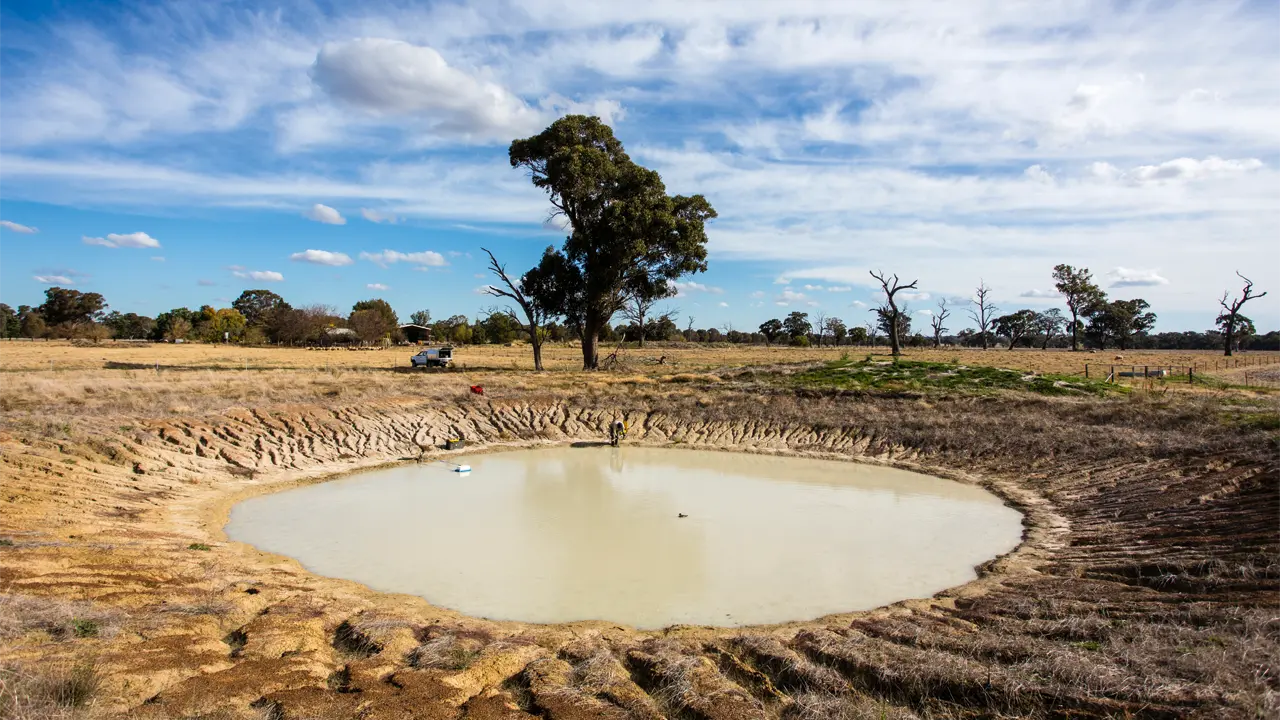Ongoing research is showing the value of farm dams in protecting threatened species and potentially acting as carbon sinks.
Story Ken Eastwood Photo Noyan I. Yimaz
In just 3 years, Kai Dailey has seen an incredible change in some of the 50 dams he oversees in his work as conservation manager at Dunkeld Pastoral Company, one of the largest landholders in south-western Victoria. Gradually, the company is fencing off many of its dams from stock, as well as revegetating areas and adding windbreaks on its 12,200ha.
“Once you take that grazing pressure off, the native plants come back quite quickly,” he says. “The water quality is changing, too – there’s less turbidity.”
Kai says the changes such as shelter belts are affecting the bottom line of the farm – in a positive way – particularly in terms of lambing rates, with increases of 5–10% predicted. “More and more people are seeing the benefits of increasing biodiversity on properties. We’re definitely seeing a return on investment just through our increased production rates. It’s a great thing. There are more frogs that eat insects, so you’ve got a passive pest control system.”
Dunkeld Pastoral is one of dozens of landholders involved in ongoing research on farm dams run by the Blue Carbon Lab at Deakin University. The research has been centred on the Grampians region, with studies also of farm dams in the Yarra Valley and Mornington Peninsula. As well as discovering how important the dams are to a range of species – including threatened species – the research is showing the potential for farmers to gain biodiversity and carbon credits by managing their dams in particular ways.
This story excerpt is from Issue #153
Outback Magazine: Feb/Mar 2024










